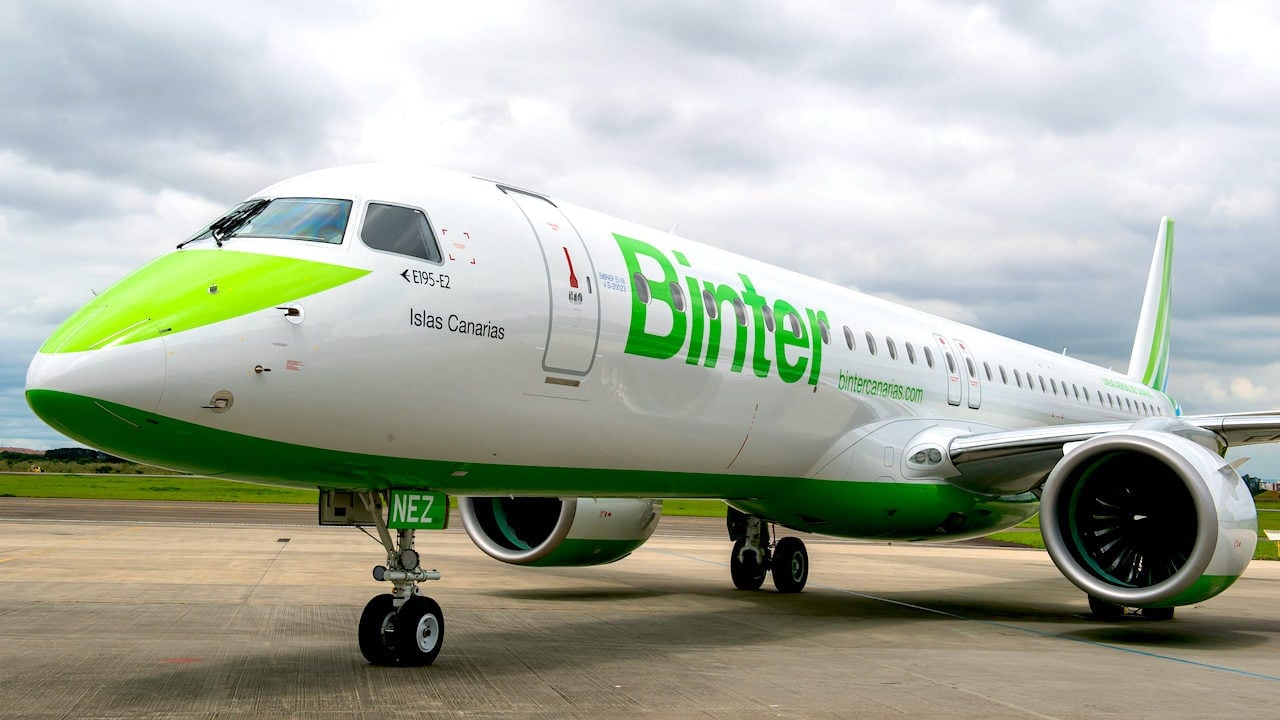
Noise abatement procedures are crucial for reducing the impact of aircraft noise on surrounding communities. But what exactly are these procedures, and why are they important? In this post, we'll explore 14 essential facts about noise abatement procedures that every aviation enthusiast and concerned citizen should know. From understanding how flight paths are adjusted to minimize noise pollution to learning about the technology used in quieter aircraft, you'll gain a comprehensive overview of how the aviation industry is working to balance operational efficiency with community well-being. Buckle up as we dive into the world of noise abatement and discover how these measures make our skies a bit quieter.
Key Takeaways:
- Noise abatement procedures help reduce airplane noise around airports, making life quieter for nearby communities and improving relationships between airports and residents.
- These procedures offer benefits like lower emissions, improved safety, and cleaner environments, but they can also face challenges like operational constraints and pilot training.
What Are Noise Abatement Procedures?
Noise abatement procedures are strategies used to reduce noise pollution, especially around airports. These methods help minimize the impact of aircraft noise on nearby communities.
-
Noise abatement procedures are designed to limit the noise generated by aircraft during takeoff and landing. These procedures often involve specific flight paths and altitudes.
-
Airports implement these procedures to comply with local noise regulations and to maintain good relationships with surrounding communities. This helps reduce complaints and improve the quality of life for residents.
Types of Noise Abatement Procedures
Different techniques are used to manage and reduce noise pollution. Here are some common types:
-
Departure procedures often require aircraft to climb quickly to a higher altitude before leveling off. This helps reduce noise levels on the ground.
-
Arrival procedures may involve using continuous descent approaches, which allow planes to glide down gradually rather than descending in steps. This reduces engine noise.
-
Runway use programs designate specific runways for takeoff and landing based on wind conditions and noise impact. This helps direct noise away from populated areas.
Benefits of Noise Abatement Procedures
These procedures offer several advantages for both airports and communities.
-
Improved community relations result from reduced noise pollution. Residents experience less disruption, leading to fewer complaints and better overall satisfaction.
-
Environmental benefits include lower emissions due to more efficient flight paths and reduced fuel consumption. This contributes to a cleaner environment.
-
Enhanced safety can be a byproduct of noise abatement procedures. By following specific flight paths and altitudes, pilots can avoid obstacles and other aircraft more effectively.
Challenges in Implementing Noise Abatement Procedures
Despite their benefits, these procedures can be challenging to implement.
-
Operational constraints may limit the ability to use certain procedures. Factors like weather, air traffic, and airport layout can impact their effectiveness.
-
Pilot training is essential for successful implementation. Pilots must be familiar with the specific procedures for each airport to ensure compliance and safety.
-
Technological limitations can also pose challenges. Older aircraft may not have the necessary equipment to follow noise abatement procedures accurately.
Global Examples of Noise Abatement Procedures
Different countries have developed unique strategies to manage aircraft noise.
-
London Heathrow Airport uses a system called "Noise Preferential Routes" to direct aircraft over less populated areas during takeoff and landing.
-
Sydney Airport employs a "Curfew" system, restricting flights during nighttime hours to minimize noise impact on nearby residents.
-
Los Angeles International Airport has implemented a "Noise Management Program" that includes sound insulation for homes and schools in high-noise areas.
Final Thoughts on Noise Abatement Procedures
Noise abatement procedures play a crucial role in reducing the impact of aircraft noise on communities. These measures, which include specific flight paths, altitude restrictions, and operational techniques, help minimize noise pollution around airports. By adhering to these guidelines, pilots and airlines contribute to a quieter environment, benefiting both residents and wildlife. It's essential for everyone involved in aviation to stay informed about these procedures and continuously strive for improvements. As technology advances and new strategies emerge, the effectiveness of noise abatement efforts will only increase. Understanding and supporting these practices is key to achieving a balance between aviation growth and community well-being. So next time you hear a plane overhead, remember the efforts being made to keep our skies quieter and our communities happier.
Frequently Asked Questions
Was this page helpful?
Our commitment to delivering trustworthy and engaging content is at the heart of what we do. Each fact on our site is contributed by real users like you, bringing a wealth of diverse insights and information. To ensure the highest standards of accuracy and reliability, our dedicated editors meticulously review each submission. This process guarantees that the facts we share are not only fascinating but also credible. Trust in our commitment to quality and authenticity as you explore and learn with us.


